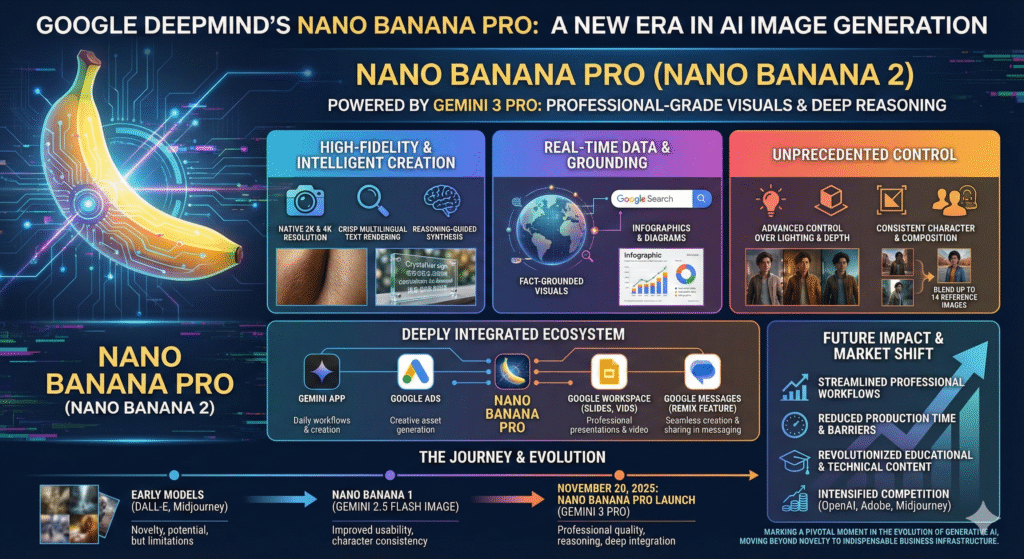
The Fascinating World of Bitcoin: From Lost Keys to Halving Mysteries
In the ever-evolving realm of cryptocurrency, Bitcoin stands as a trailblazer, captivating enthusiasts and skeptics alike. Whether you’re intrigued by stories of lost fortunes or the meticulous mathematics behind Bitcoin’s supply, this blog will unravel some of the most fascinating aspects of Bitcoin – including the story of lost bitcoins, the mechanics of halving, and whether these rules are set in stone.
What Is Bitcoin, and Why Is It Special?
Bitcoin is a digital currency, often referred to as “digital gold.” Unlike traditional currencies issued by governments, Bitcoin operates on a decentralized network called the blockchain. Its key features are:
- Limited Supply: Only 21 million bitcoins will ever exist.
- Decentralization: Transactions are verified by a global network of miners, not controlled by any single entity.
- Transparency: Every transaction is recorded on a public ledger, ensuring accountability.
- Security: Bitcoin uses cryptographic principles, making it nearly impossible to hack or counterfeit.
These features make Bitcoin both revolutionary and mysterious, particularly when it comes to topics like lost bitcoins and the famous halving mechanism.
The Tale of Lost Bitcoins

One of the most intriguing aspects of Bitcoin is the concept of lost keys. Without the private key, which acts as a password to access a Bitcoin wallet, the bitcoins in that wallet are irretrievably lost. This brings us to the case of James Howells, a man who accidentally discarded a hard drive containing 8,000 bitcoins in 2013.
Are Lost Bitcoins Truly Lost?
When a private key is lost:
- The bitcoins remain on the blockchain, visible but inaccessible.
- No one, not even miners or developers, can retrieve them without the private key.
- These bitcoins are effectively “frozen,” reducing the total circulating supply.
It’s estimated that 3 to 4 million bitcoins are lost forever due to misplaced keys or forgotten wallets. This scarcity only adds to Bitcoin’s value over time.
Can Lost Bitcoins Be Recovered?
Recovering bitcoins requires finding the private key. In James Howells’ case, he’s proposed a multi-million-dollar search operation in a landfill to locate his hard drive. But the odds are slim:
- Finding the Drive: Landfills are vast, and garbage compacts over time. Locating a small hard drive is like finding a needle in a haystack.
- Usability: Even if the hard drive is found, environmental conditions may have rendered it unusable. Recovery would require specialized tools and expertise.
The probability of success? Experts estimate it’s less than 0.5%, making Howells’ quest a gamble with a potentially massive payoff.
Bitcoin Halving: A Masterstroke of Scarcity
Another captivating feature of Bitcoin is its halving mechanism. Roughly every four years, the reward miners receive for verifying transactions is cut in half. This reduces the rate at which new bitcoins enter circulation, reinforcing the principle of scarcity.

How Halving Works
- Block Rewards: Initially, miners earned 50 bitcoins per block. This reward has halved multiple times:
- 2012: 25 BTC
- 2016: 12.5 BTC
- 2020: 6.25 BTC
- 2024: 3.125 BTC
- The Countdown: Halving continues until around 2140, when the final bitcoin will be mined, bringing the total supply to exactly 21 million.
Why Halving Matters
- Encourages Value Growth: By reducing supply over time, halving creates scarcity, potentially driving up Bitcoin’s value.
- Controls Inflation: Unlike traditional currencies that can be printed endlessly, Bitcoin’s controlled issuance prevents hyperinflation.
- Secures the Network: It ensures miners remain incentivized as rewards shift from block rewards to transaction fees.
Can Halving Rules Be Changed?
The halving mechanism is a cornerstone of Bitcoin’s design, hardcoded into its protocol. Changing it would require:
- Community Consensus: Bitcoin operates on a decentralized network. Any change would need agreement from the majority of miners, developers, and users.
- Technical Adjustments: A hard fork would be necessary, potentially splitting Bitcoin into two separate currencies.
- Economic Impact: Altering the rules could undermine trust in Bitcoin, affecting its value and adoption.
While it’s technically possible, the likelihood of changing the halving schedule is extremely low due to the network’s decentralized nature and the strong commitment to its original principles.
Transaction Fees: The Future of Miner Incentives

As block rewards diminish, miners will increasingly rely on transaction fees for income. These small fees are paid by users to have their transactions processed and prioritized by miners.
Why Transaction Fees Are Important
- Security: Miners verify transactions and protect the network. Fees ensure they’re compensated for their efforts.
- Speed: Paying a higher fee can speed up your transaction, as miners prioritize higher-paying transactions.
- Sustainability: After 2140, when all bitcoins are mined, transaction fees will become the primary incentive for miners.
Bitcoin’s Challenges: Lost Keys, Scarcity, and Adaptability
Bitcoin’s journey is marked by its unique features and challenges:
- Lost Bitcoins: Stories like James Howells’ highlight the importance of securely backing up private keys. A single mistake can mean losing a fortune.
- Halving: The predictable schedule of halvings ensures scarcity, but it also raises questions about long-term miner incentives.
- Adaptability: While Bitcoin is resilient, its ability to adapt to future challenges, like low miner revenue, will be crucial.
How to Secure Your Bitcoins

To avoid becoming the next James Howells, follow these tips:
- Back Up Your Private Key:
- Write it on paper and store it securely.
- Use hardware wallets like Ledger or Trezor.
- Consider steel backups for fireproof and waterproof storage.
- Use Multiple Backups:
- Store copies in separate, secure locations.
- Encrypt digital backups if you use them.
- Keep Your Key Private:
- Never share your private key or seed phrase.
- Be cautious of phishing scams and malware.
Conclusion
Bitcoin’s allure lies in its blend of cutting-edge technology, economic principles, and captivating stories. From the mystery of lost bitcoins to the elegance of the halving mechanism, Bitcoin continues to capture imaginations and challenge traditional financial systems.
Whether you’re a seasoned investor or a curious beginner, understanding these aspects will deepen your appreciation for Bitcoin’s complexity and promise. Just remember: secure your private key, and you’ll always hold the key to the future of money.







I was able to find good info from your content.
What’s up Dear, are you genuinely visiting this site daily, if
so after that you will absolutely obtain nice know-how.
Look at my site :: Packaging Machinery
Thanks for every other great article. Where else could anybody get that
type of information in such a perfect means of
writing? I’ve a presentation next week, and I am at
the search for such info.
https://russiamarkets.to/
https://russiamarkets.to/
https://briansclub.bz/